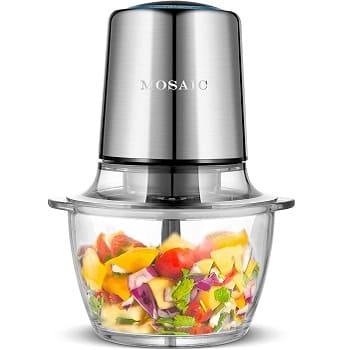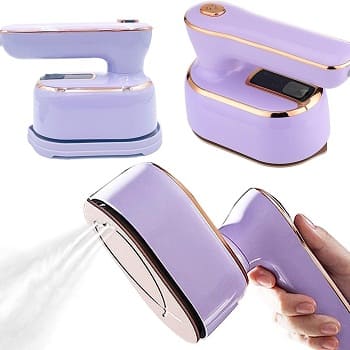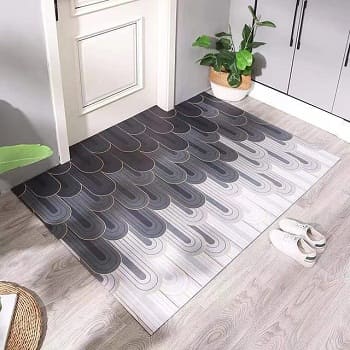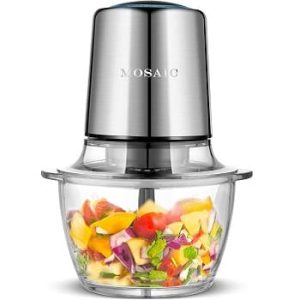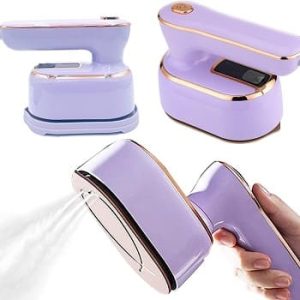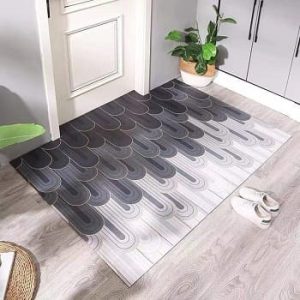Articulating Deep Tissue Back Massager with extension handle and 7x heads including heated attachment
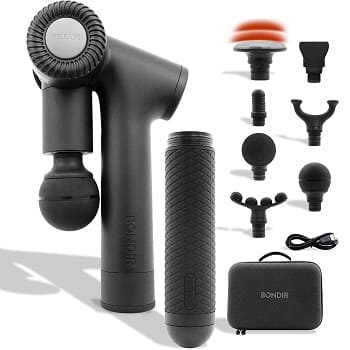
Related Product

1
Our Pick
Mini Neck Massager,
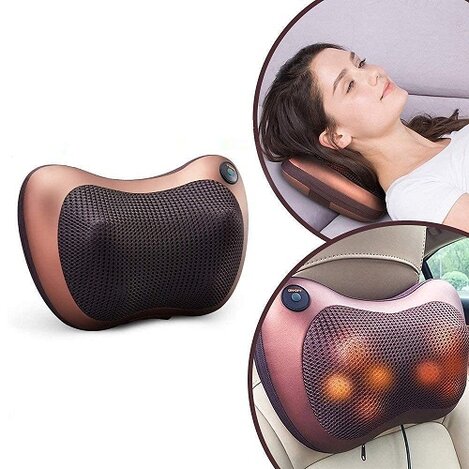
2
Massager Pillow,
Product Features
Articulating Deep Tissue Back Massager Features
Deep tissue back massage is a type of massage therapy that targets the deeper layers of muscles and connective tissues in the back. It uses slower, more intense strokes to release chronic tension and knots, promote relaxation and relieve pain. Here are some key features of deep tissue back massage:
- Focused pressure: The Tissue Back Massager therapist applies targeted and sustained pressure to reach the deeper layers of muscles and fascia. This helps in breaking down adhesions and muscle knots, which are areas of tightness and tension.
- Slow strokes: Unlike Swedish Tissue Back Massager, which uses long, flowing strokes, deep tissue massage involves slow, deliberate movements. This allows the therapist to effectively work on specific problem areas.
- Friction Technique: A Tissue Back Massager therapist may use friction techniques where pressure is applied with the thumb, fingers, or elbow to create heat and relax tense muscles.
- Stripping technique: Involves using the forearm or elbow to apply pressure along the length of the muscle fibers. It is beneficial for releasing chronic tension and promoting increased blood flow.
- Inter-fiber friction: The therapist may use a technique where pressure is applied to the muscle fibers. This helps break down scar tissue and adhesions, restoring flexibility and range of motion.
- Pain relief: Deep tissue back massage is often sought for pain relief, especially in cases of chronic back pain, muscle spasms, and postural problems.
- Increased flexibility: By releasing tension and knots in the muscles and connective tissues, massage can increase the flexibility and mobility of the back.
- Stress reduction: Although deep tissue massage can be intense, it also promotes relaxation by releasing endorphins and reducing stress hormones such as cortisol.
- Post-massage soreness: Due to the nature of the massage, some clients may experience soreness for a day or two after the session. This is normal and usually goes away leaving you feeling better than before the massage.
- Hydration Recommendations: To flush out toxins released during the massage, it is common for the therapist to recommend increased water intake after the session.
- Communication with the client: An experienced massage therapist will encourage open communication during the massage to ensure the client’s comfort and adjust pressure as needed.
- Warning: Deep tissue massage may not be suitable for everyone, especially those with certain medical conditions or injuries. Clients should inform the therapist in advance of any health problems.



